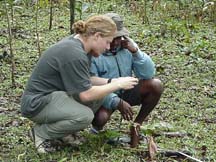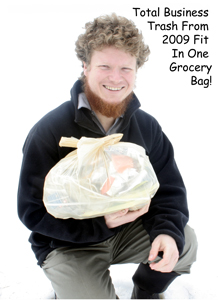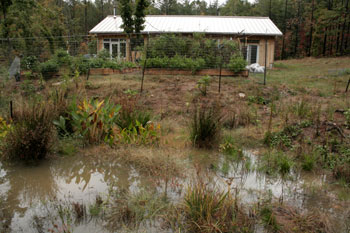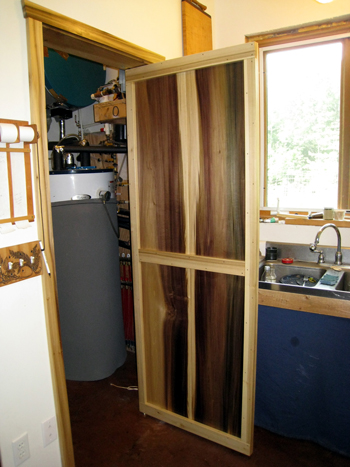 |
|||
| My
earliest childhood memories are of playing outside. The forests around our
mountain homestead in West Virginia became the playground for my siblings
and me. We headed for the woods when our homeschooling studies were
finished (around noon) and often stayed out until hunger brought us back for
dinner. The deep respect and appreciation for nature that grew out of those
early experiences, expanded with long-distance hiking, seeping outside, and
a college education. I majored in Environmental Studies at Bates College
and worked for three years on
waste
reduction and recycling in the college dining hall. I believe that
running a business requires environmental responsibility that should go well
beyond the current norm. While it might be slightly more time intensive I
think that it is our responsibility both as individuals and businesses to do
all that we can to lower the environmental impact of our daily lives.
|
|
||
Recycled Fleece? Want to recycle your old fleece clothing?
|
|||
| |
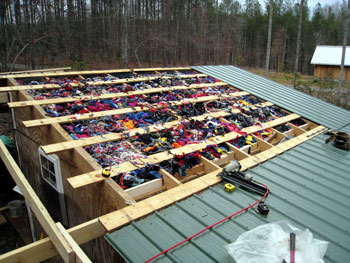 Fleece scraps insulate my storage shed ceiling! |
Recycling in action Hand cutting hats out of fabric maximizes the usage of fabric. But still I generate large piles of scraps. I tediously cut larger scraps into small hat tassels or use them for patchwork clothing. Those that I cannot use for sewing become pillow stuffing for dog and human pillows that I give away. I have never thrown away any fleece scraps (except for some floor sweepings). To the left is a bag of scraps that I can not use for hats that will soon become pillow stuffing. Imagine a room 10 foot square filled four to five feet deep in scraps, that is how much I recycle each year! |
|
| Donations I save all of my second hats and make special hats from flawed fabric that I can't sell to donate to people in more need than I. Through a kind customer I learned of the Tibetan Children's Village in upper Dharamsala. These kids are mostly Orphans who are living in unheated buildings in the mountains.http://www.tcv.org.in/  Some of a batch of 150 seconds hats that I sent in 2015 |
The Mouse Works seconds getting a happy reception at a Tibetan
children's orphanage in the mountains of India. Video by Harold W Sherman who was
awesome enough to deliver the donations.
|
||
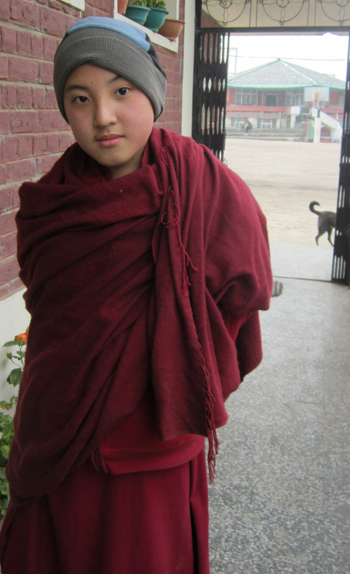 |
|
||
|
"Green" Studio-House During the summers of 2005-6 I built a new home for my self and the Mouse Works. While I was on a tight budget and doing most of the work myself I tried to incorporate many affordable green building practices into the construction. Here are a few:
|
No Daily Commute |
||
Other Initiatives
- Much of my equipment comes from sources that salvage from damaged and closing factories. Buying used equipment has a smaller impact on the environment than new equipment.
- If you buy a hat from me at a craft fair I will give it to you in a recycled plastic bag. That saves around 2,000 bags each year!
- I print all of my internal office documents on the back of used paper. New recycled content paper is only used for business correspondence.
- Some waste like the spools from the 200 miles of thread that I generate is donated to a local school for art projects.
- Most individual hat orders are shipped in recyclable envelopes made partly from recycled content.
- I also donate to environmental groups and write letters to elected officials about environmental causes that I think are important.
- I vote for environmentally oriented public office candidates.


